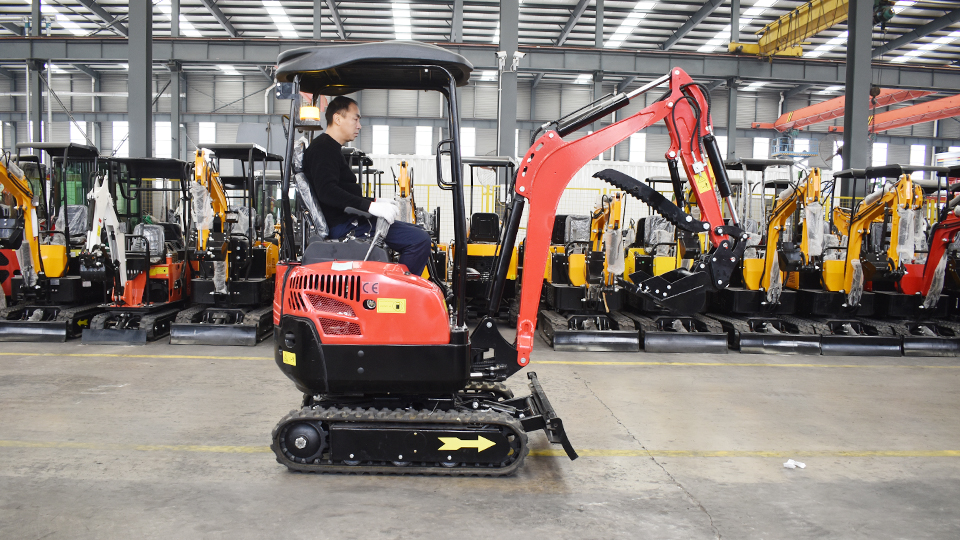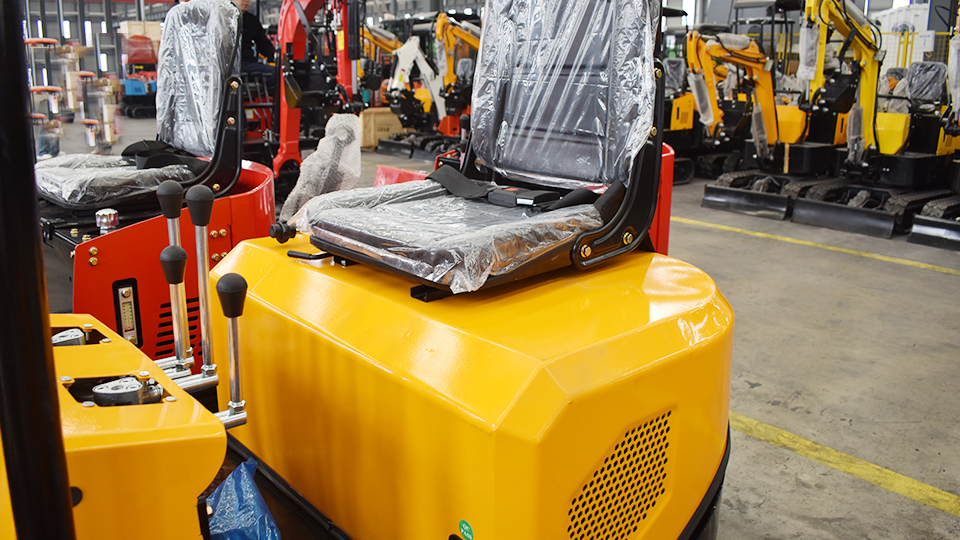Operating an excavator in a single-deep system involves a series of coordinated actions to efficiently dig, lift, and move materials. Here’s a detailed breakdown of how an excavator functions in such a setup:
1. Initial Setup and Positioning
Site Preparation: Ensure the area is clear of debris and obstacles. Mark the boundaries and depth of the excavation site.
Excavator Placement: Position the excavator at the edge of the excavation site, ensuring it is on stable ground to prevent tipping.

2. Digging Operation
Bucket Selection: Choose the appropriate bucket size and type for the material being excavated. For example, a wider bucket for soil or a smaller, more precise bucket for rocky terrain.
Digging Technique: Use the excavator’s boom and arm to dig into the ground. The operator controls the hydraulic system to extend and retract the arm, digging in a controlled manner to the desired depth.
3. Material Handling
Lifting: Once the material is dug, the excavator’s arm and bucket lift the material out of the excavation site. The operator uses the hydraulic controls to raise the arm and swing the bucket towards the loading area.
Loading: The excavator deposits the material into a waiting truck or stockpile. The operator carefully positions the bucket to ensure efficient and safe loading.
4. Single-Deep Operation
Single-Deep Concept: In a single-deep system, the excavator operates along a single row or trench. This setup is efficient for linear excavation tasks such as trenching for pipelines or foundation digging.
Sequential Digging: The excavator digs in a sequential manner, moving along the length of the trench. The operator ensures that the excavator remains stable and within the boundaries of the trench.
5. Safety and Efficiency
Safety Measures: Regularly check the excavator’s stability and the ground conditions. Use safety barriers and warning signs to alert workers in the area.
Efficiency Tips: Optimize the digging and loading process by minimizing unnecessary movements. Use the excavator’s hydraulic system efficiently to reduce fuel consumption and wear.

Conclusion
Operating an excavator in a single-deep system requires careful planning and execution. By understanding the specific requirements of the task and utilizing the excavator’s capabilities effectively, operators can achieve high efficiency and safety in excavation projects. Regular maintenance and operator training are also crucial to ensure the excavator performs optimally in such setups.
Post time:Sep-25-2020
